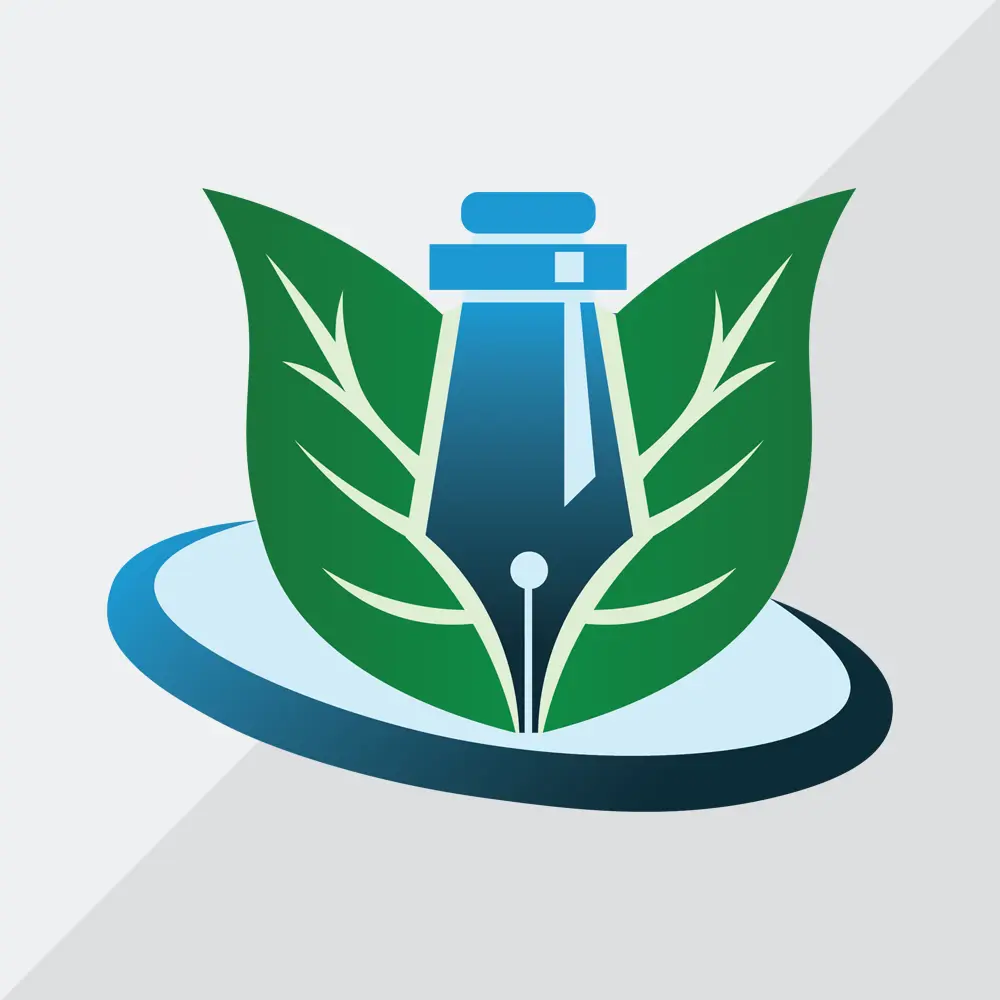The Impact of Consumer Behavior on Purchasing Decisions: A Case Study of Starbucks Customers at MSU Alam Syah, Malaysia
DOI:
10.25047/jmaa.v4i2.95Downloads
Abstract
The advancement of technology has driven economic growth in a positive direction. On the other hand, the impact of technological development has also influenced changes in consumer behavior when making decisions. Therefore, this shift in consumer behavior must be accompanied by effective strategies to maintain market share. This research is designed to examine the relationship between consumer behavior as reflected in the factors influencing decision-making in product selection, assess the extent to which brand trust affects these decisions, and evaluate the impact of word-of-mouth communication techniques on consumer choice in product selection. The researcher found that there is a correlation and influence between consumer purchasing decisions and the factors that affect them. With factors such as psychological, economic, and social aspects, consumers are able to make decisions to purchase Starbucks products. Moreover, the study results also show a significant influence of brand trust, as trust in a product that has been established in society plays a crucial role. The influence of brand trust in Starbucks products has been embedded due to the consistent quality provided by the product, thereby fostering public trust in the Starbucks brand. This research also investigated and proved that there is a positive correlation between consumer purchasing decisions and word-of-mouth, as this variable represents authentic reviews and feedback shared by consumers who have directly experienced the product. Their feedback and experiences generate interest, ultimately leading to a decision to choose Starbucks products.
Keywords:
Brand Image customers loyality word of mouth decision makingReferences
A. Garcez, R. Silva, and M. Franco, “Digital transformation shaping structural pillars for academic entrepreneurship: A framework proposal and research agenda,” Educ Inf Technol (Dordr), vol. 27, no. 1, pp. 1159–1182, Jan. 2022, doi: 10.1007/s10639-021-10638-5.
G. Bangsawan, “Kebijakan Akselerasi Transformasi Digital di Indonesia: Peluang dan Tantangan untuk Pengembangan Ekonomi Kreatif,” Jurnal Studi Kebijakan Publik, vol. 2, no. 1, pp. 27–40, May 2023, doi: 10.21787/jskp.2.2023.27-40.
N. Ramya and Dr. SA Mohamed Ali, “Factors Affecting Consumer Buying Behavior,” International Journal of Applied Research, vol. 2, no. 10, pp. 76–80, 2016, [Online]. Available: www.allresearchjournal.com
B. Beharrell and J. H. Macfie, “Consumer Attitudes to Organic Foods,” British Food Journal, vol. 93, no. 2, pp. 25–30, Feb. 1991, doi: 10.1108/00070709110002706.
E. K. Yiridoe, S. Bonti-Ankomah, and R. C. Martin, “Comparison of consumer perceptions and preference toward organic versus conventionally produced foods: A review and update of the literature,” Renewable Agriculture and Food Systems, vol. 20, no. 4, pp. 193–205, Dec. 2005, doi: 10.1079/raf2005113.
R. V. , D. W. M. Krejcie, “Determining Sample Size For Research Activities,” Educ Psychol Meas, vol. 30, pp. 607–610, 1970.
I. J. Chen and A. Paulraj, “Towards a theory of supply chain management: The constructs and measurements,” Journal of Operations Management, vol. 22, no. 2, pp. 119–150, Apr. 2004, doi: 10.1016/j.jom.2003.12.007.
R. Dubey, A. Gunasekaran, T. Papadopoulos, S. J. Childe, K. T. Shibin, and S. F. Wamba, “Sustainable supply chain management: framework and further research directions,” J Clean Prod, vol. 142, pp. 1119–1130, Jan. 2017, doi: 10.1016/j.jclepro.2016.03.117.
F. Wiles, “ Social problems and social justice Neil Thompson ,” Journal of Social Work, vol. 18, no. 5, pp. 618–619, Sep. 2018, doi: 10.1177/1468017318754696.
M. Wijaya, “Pengaruh Budaya Organisasi, Disiplin Kerja, Dan Motivasi Kerja Terhadap Kinerja Karyawan Pada Supermarket Garuda Mitra Pontianak,” Manajemen Update, vol. 13, no. 1, 2023.
T. D. Allen, E. Cho, and L. L. Meier, WorkFamily Boundary Dynamics, vol. 1. Annual Reviews Inc., 2014. doi: 10.1146/annurev-orgpsych-031413-091330.
D. , & M. P. George, SPSS for Windows Step by Step: A Simple Guide and Reference. 11.0 Update (4th ed.). Boston: Allyn & Bacon, 2003.
License
Copyright (c) 2024 Aisyah Budiarti, Imaan Hamzah, Norhidayah Binti Azman

This work is licensed under a Creative Commons Attribution 4.0 International License.
You are free to:
- Share — copy and redistribute the material in any medium or format for any purpose, even commercially.
- Adapt — remix, transform, and build upon the material for any purpose, even commercially.
The licensor cannot revoke these freedoms as long as you follow the license terms.
Under the following terms:
- Attribution — You must give appropriate credit, provide a link to the license, and indicate if changes were made. You may do so in any reasonable manner, but not in any way that suggests the licensor endorses you or your use.
- No additional restrictions — You may not apply legal terms or technological measures that legally restrict others from doing anything the license permits.
Notices:
You do not have to comply with the license for elements of the material in the public domain or where your use is permitted by an applicable exception or limitation.
No warranties are given. The license may not give you all of the permissions necessary for your intended use. For example, other rights such as publicity, privacy, or moral rights may limit how you use the material.






